In the Field Scope Tracking Test
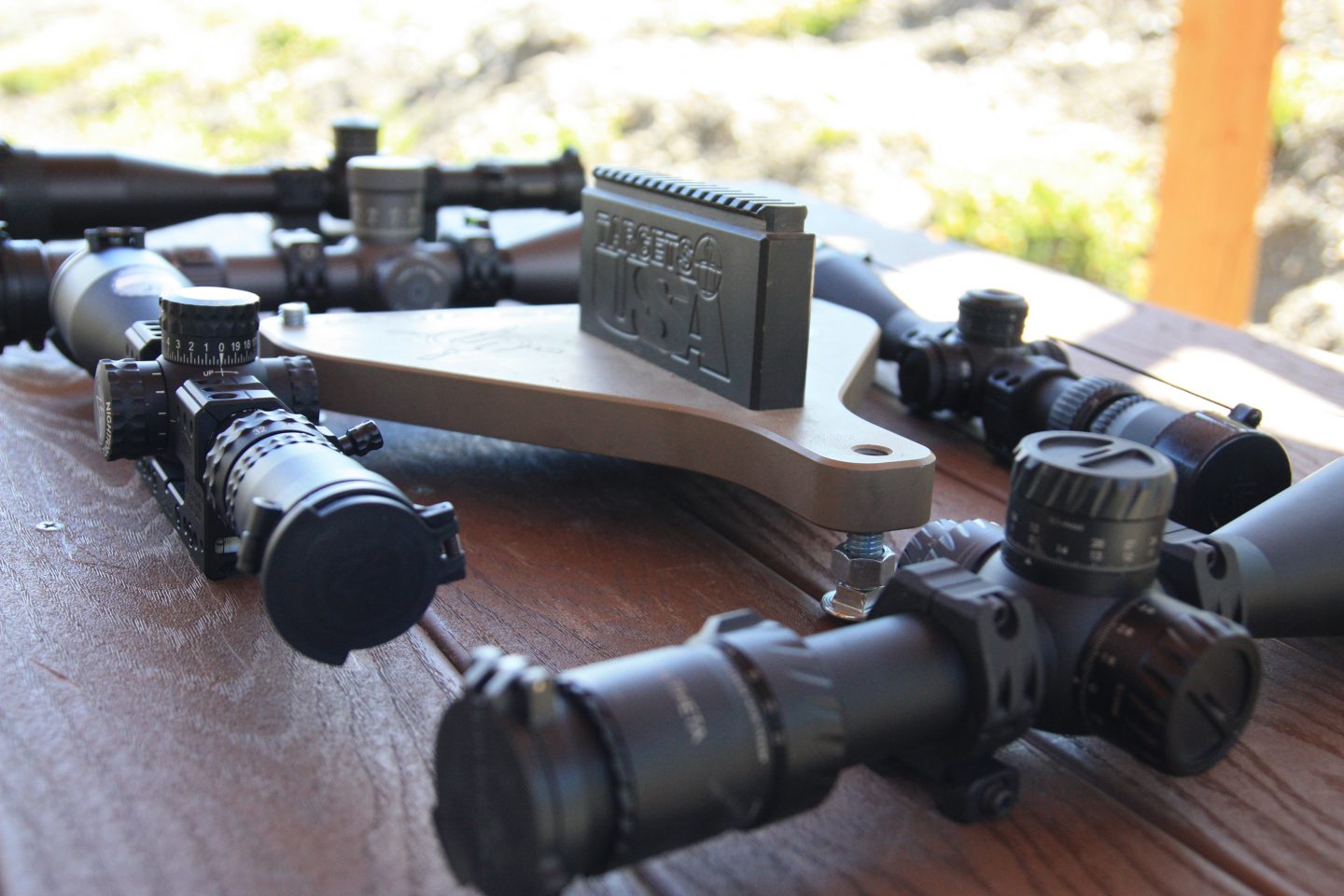
As many shooters have read in the Sniper’s Hide Forum, or have heard on the Everyday Sniper Podcast, during our precision rifle classes we removed and test scopes for tracking. The genesis behind this was twofold, first, we used to only accomplish this in our PR 2 class, and second, it solves a rifle set up problems we often observe. Today we do it in all our basic Marc & Frank PR Classes.
When we dope a rifle at distance the data needed to hit the target is that value. In other words, if you dial 8.5 Mils to hit a target, that is all you need, unless the environmental conditions changed enough. Under these same conditions, 8.5 is my answer. If you are looking to predict a solution in software, you want to give the software all the variables that may influence the accuracy of the prediction. So, if your scope tracks at 98% of actual, you want to tell the software to correct for the variation. Instead of reading .1 Mils it would be .098. That is why we tall target test, it is one of the variables. This also gives you a baseline for that particular optic. If something is amiss down the road, you now have a model to use where you repeat it and attempt to identify the problem.
The more we started to remove scopes from students’ rifles the more variations we began to see. These included scopes that were improperly mounted in the rings and levels that were not in the correct agreement with the reticle. Since the Target is level, as is the fixture, we can test both tracking and look at the plumb of the reticle. To relate this to those reading this, we see about 1/3 of scopes in a 12 -16 Person Class is not level and about another 3rd which are not correctly aligned to the bubble level or the level has been knocked off.
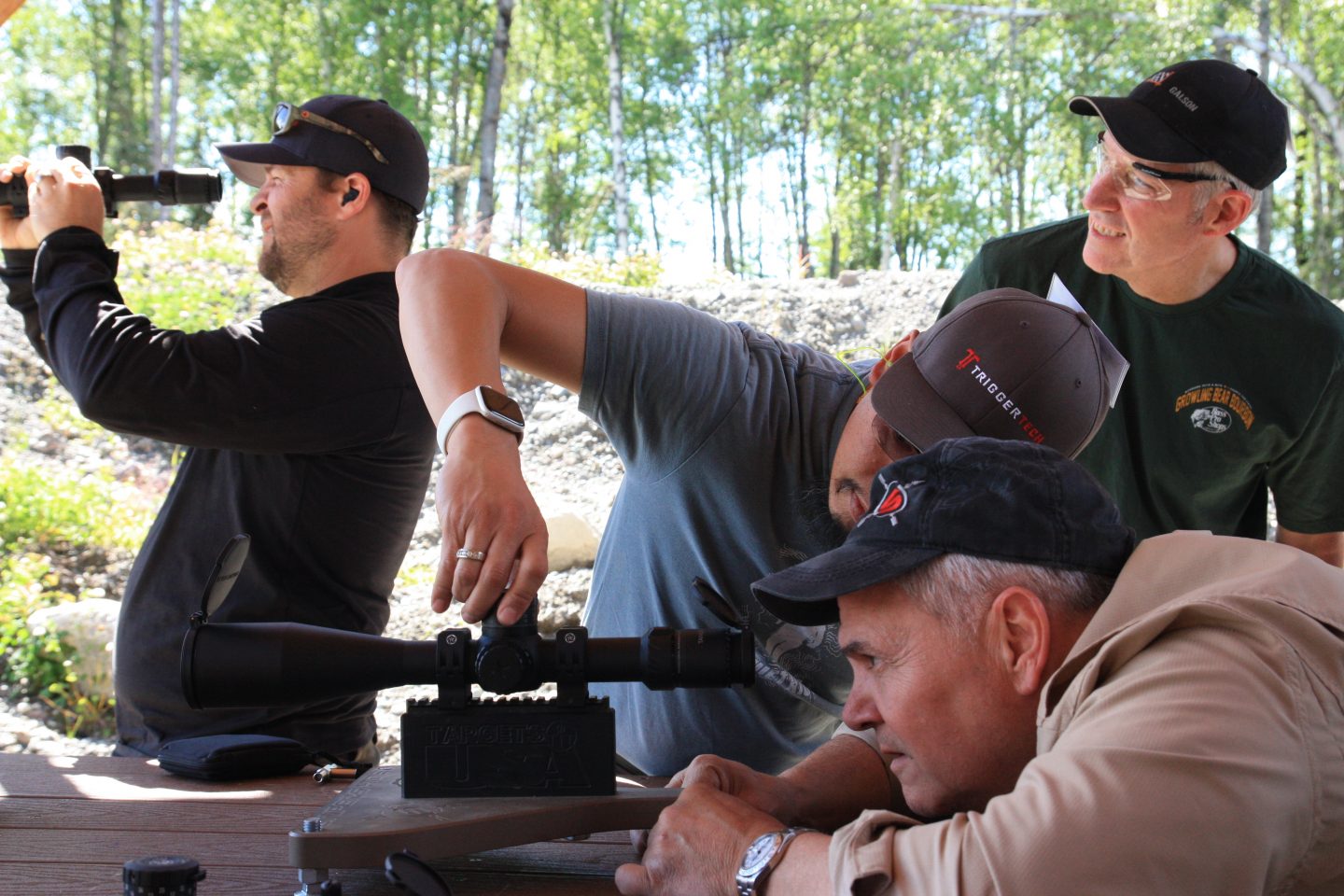
Pulling a scope gives us more than one training opportunity during basic class. We can point out the issues above, also we can demonstrate parallax using their optic and after testing is completed, we can help with rifle set up. The line goes from Marc testing all the Optics to Me assisting the student with set up, mounting and initial rezeroing. Each step is controlled, each task is done by the same people. If we do see an error, we put several eyes on it and come to an agreement as to what we are looking at. Many of these variations are minor, top or bottom of the reference, or minor gaps between the reticle and target.
We conduct our Test at 100 yards, mainly because that is universal for the ranges we use. But also, because we are shooting alongside the testing, so setting everything up at 100 is easy. With most of the modern scopes we use, seeing is not an issue, but it can be.
We do not choose the scopes that are tested.
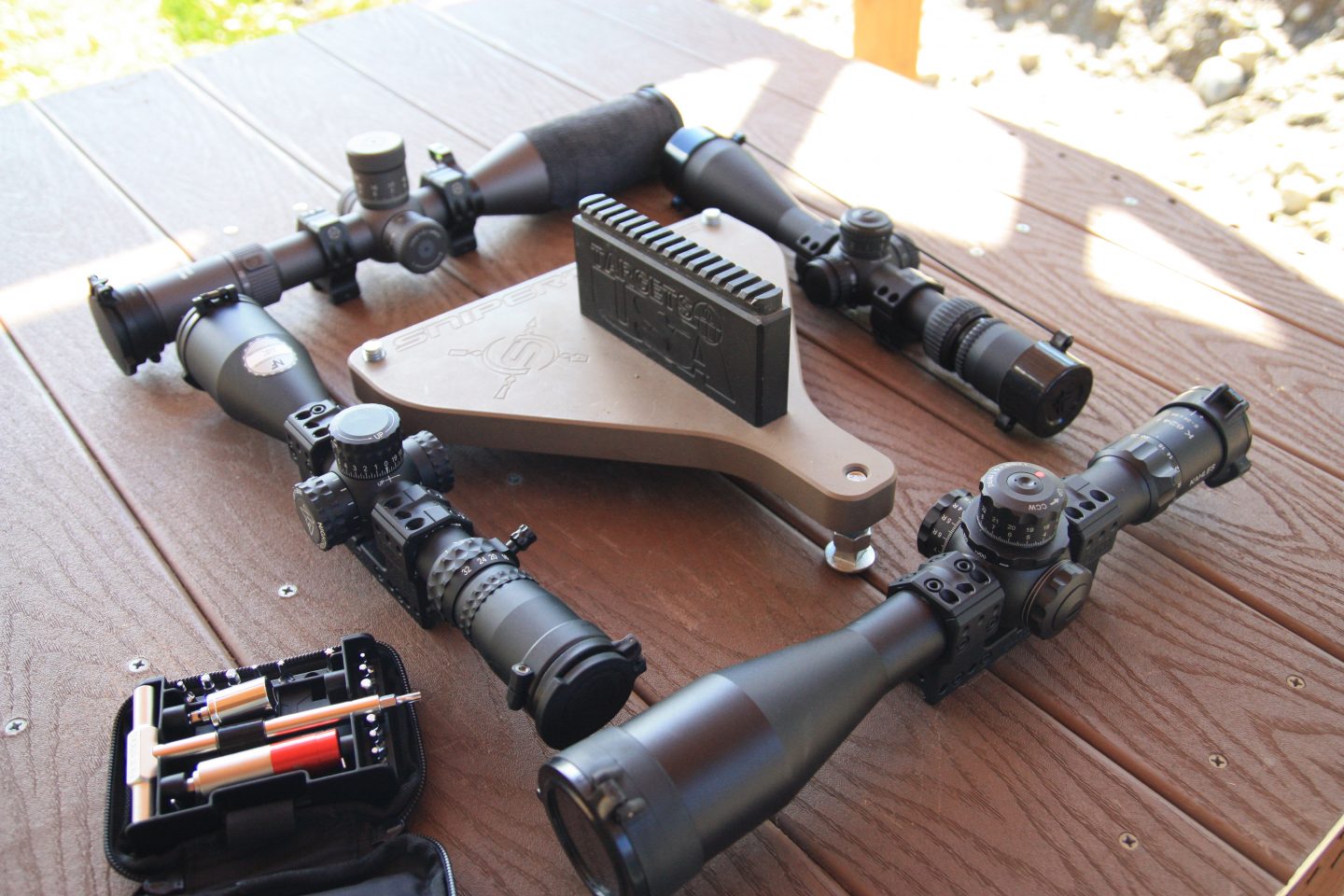
Any scope on the list was a student’s scope. There are a few I brought to class with me as part of a review, so it might be included, but all scopes were brought to the course by a student.
All testing is done with the students as learning exercise, and If any variation is noted it is double checked by more than one person.
Our biggest point of variation is atmosphere and parallax. This is the reason we have the same person check the scopes. Same pair of eyes every time with multiple layers of back up. Seeing the chart is not a big deal and early on, we had someone downrange to confirm on the ruler up close what the tester was seeing back at the line. Today we have a better easier to read chart and as noted we always triple check a variation.
So, to recap the results and to understand what we are looking at:
- 100-yard tracking of the Shooter Personal Optic giving us a baseline.
- Identifying Variations that can be used to correct Ballistic Software
- Reticle Plumb as well as adjusting external Levels to the Reticle.
- Parallax Demonstration
We see this test as a field method and consider 2% of 100% to within spec. If we are dialing 10 Mils of elevation, or 36 MOA, being .2 Mils off or .75MOA is an acceptable amount of variation for us. It’s less than 1 MOA at 10 Mils or 36MOA. Today that puts most shooters beyond 1000 yards.
How to read the Chart
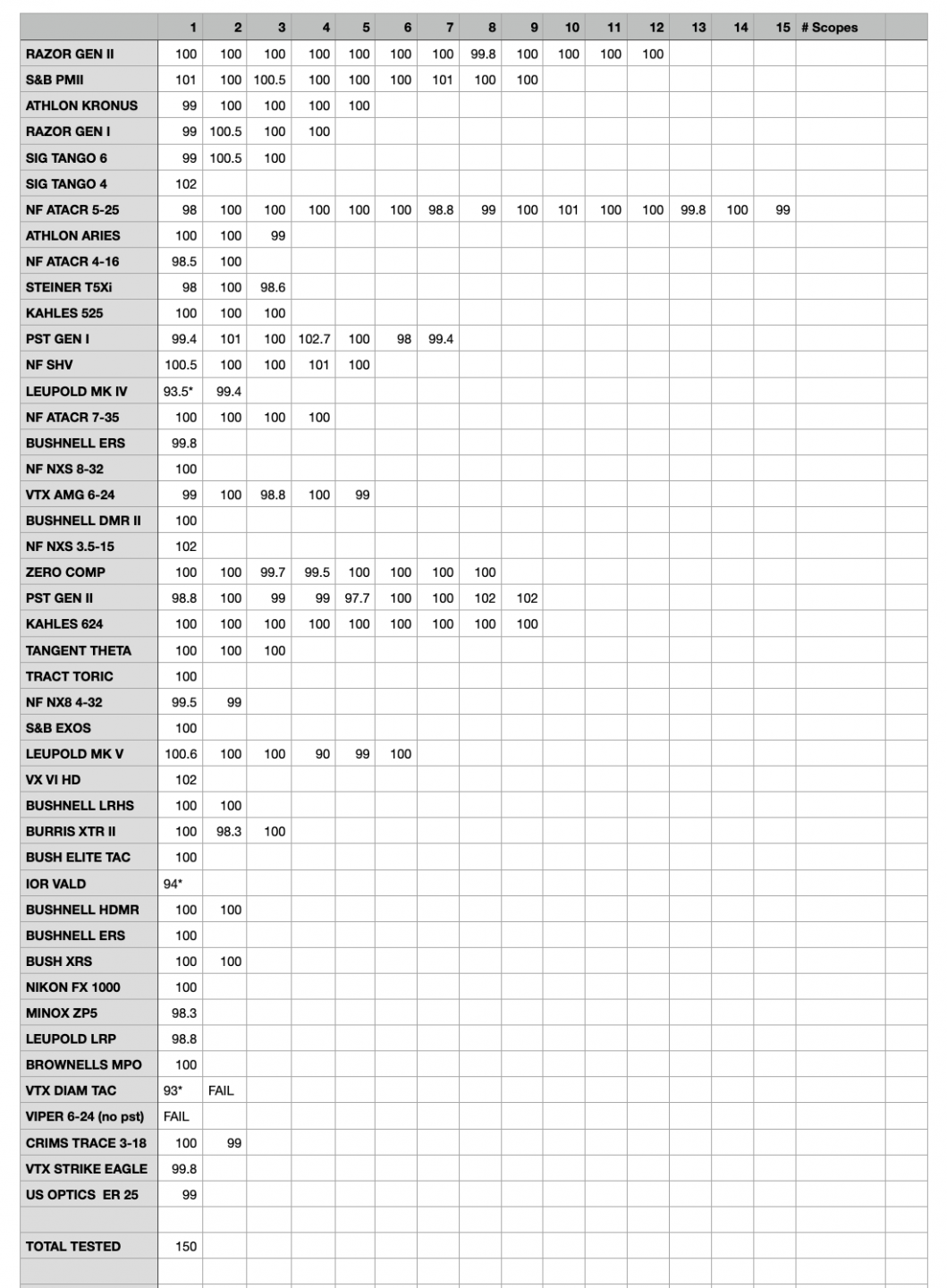
Percentage of 100
The chart is rewritten in a percentage of 100. A scope that tracked 99% moved the reticle 9.9 Mils when the optic was dialed to 10 Mils. A scope that tracks 101% moved the reticle 10.1 Mils when 10 Mils was dialed on. Scopes can vary in both directions.
Fail
If the scope failed, and you see “FAIL” it never made it to the line. The scope was replaced with a spare that we carry. If you see an Asterisk the scope failed but was not replaced on the line.
It’s not really a pass or fail exercise unless there is a problem with the optic. If the scope was listed as FAIL, it did not complete the test or track well enough to get a measurement. As an example, we had a scope marked as fail where you dialed 48 MOA on the turret and the reticle moved 29 MOA. That was considered a FAIL and replaced on the line.
The purpose is to give you a baseline and establish the value for your ballistic software. If we identify a bigger problem, we are saving time as normally the scope is replaced and sent back. We have had very positive customer service results with all the optics that needed service.
We have been testing scopes for several years, however we have only been recording the data in our God Book for the last few. That is why the sample set is 150 scopes vs a higher number.
Other factors
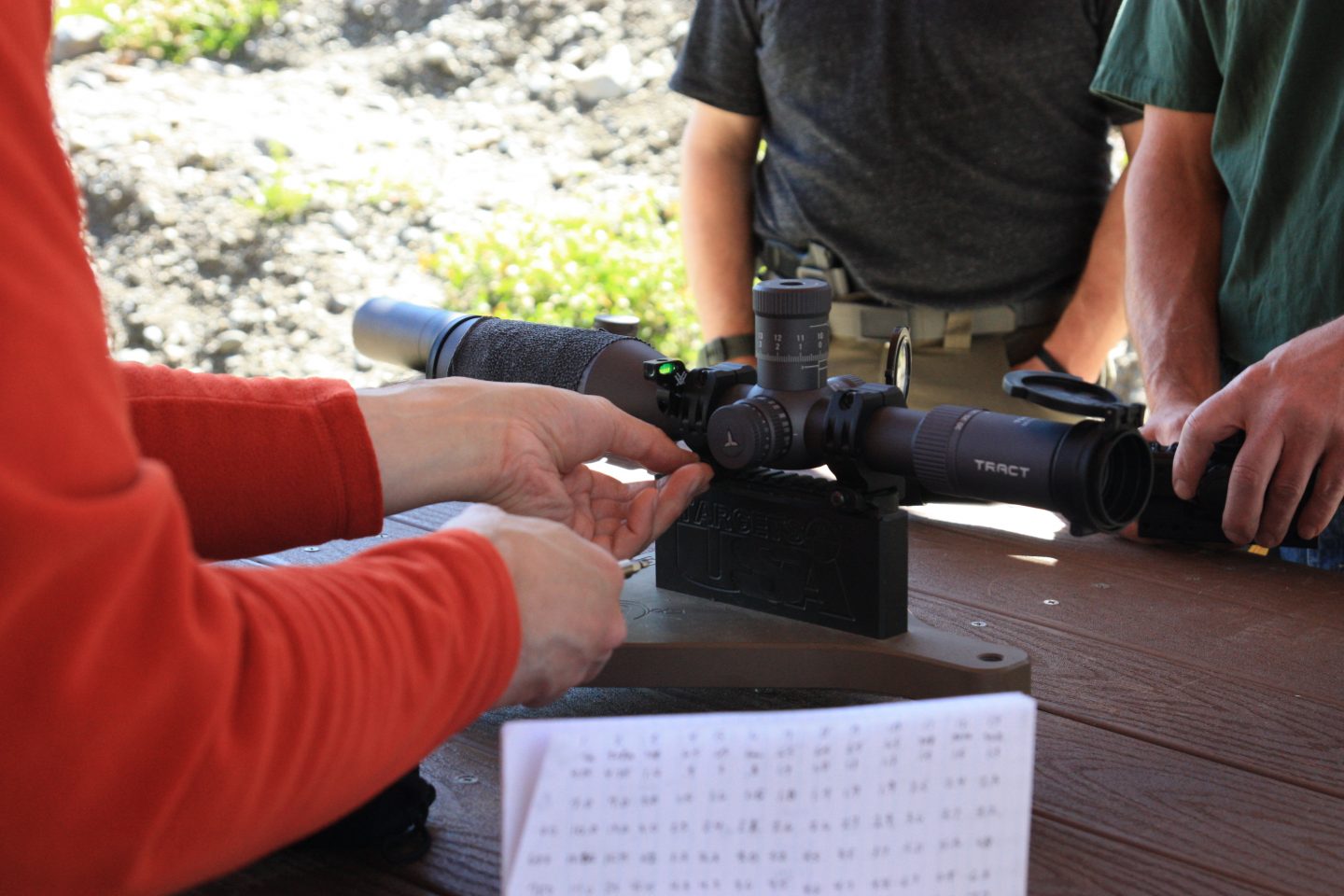
Just tracking alone is not really enough. There are reticle considerations, there are optical considerations. As an example, a lower scope might track 100% but have issues with resolving targets under harsh conditions like heavy mirage. The Top Tier Scopes tend to “see” the targets better. We had a situation just this year where I was on a lower cost optic and was asked to engage a target, I insisted was no longer present on the range because I could not see it through the optic. I moved to a different rifle and immediately saw the target.
There are reticle considerations, features, and long-term use.
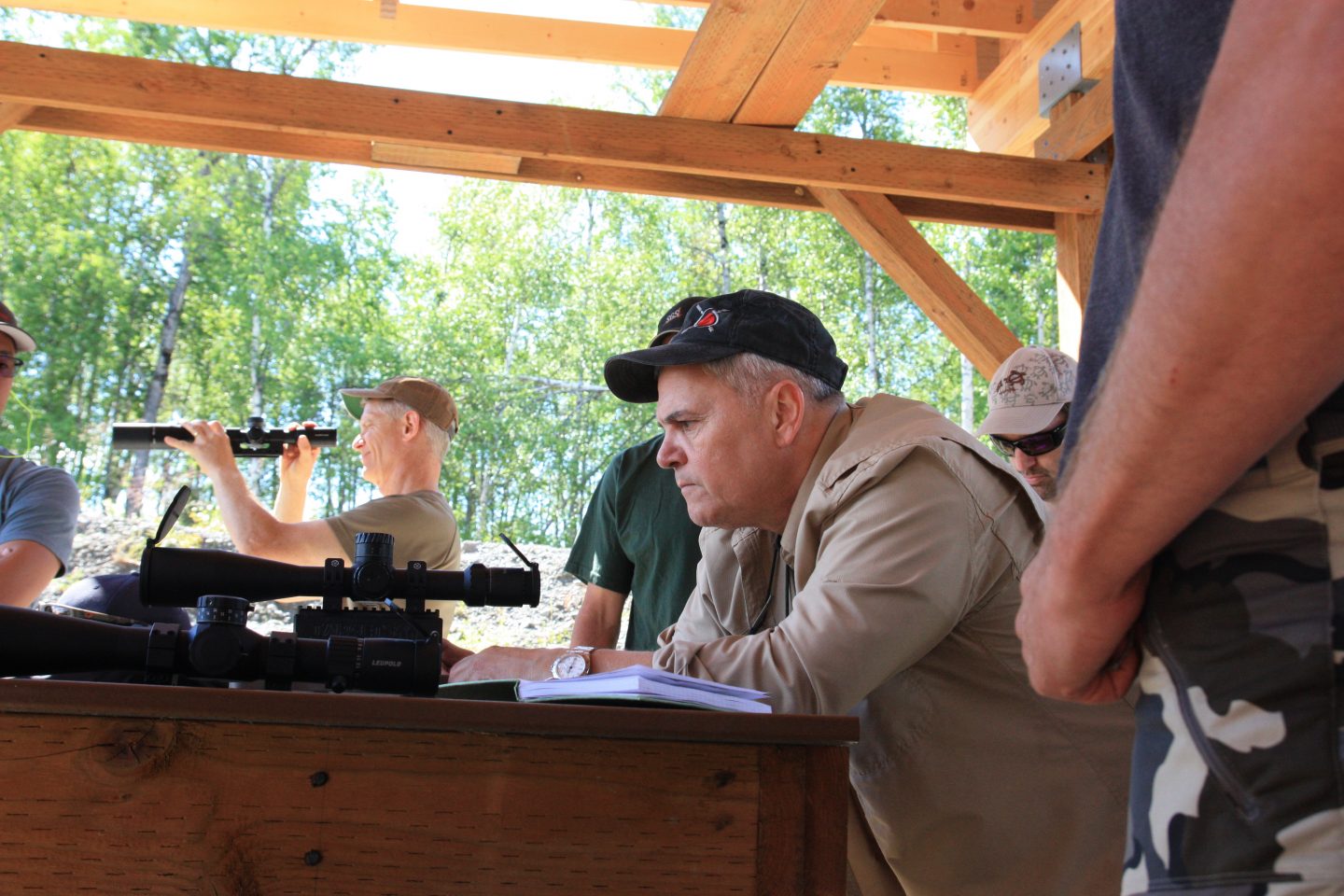
Because of the math, the number might read to the second decimal place, but our scopes cannot adjust down that far. If the error was less than 1%, odds are the math worked out that way and it was a case of the reticle showing air around the line. Resolving the line that far at 100 can be an issue. So, take those numbers for what they are, the thickness of the reticles we are using, and minor inconsequential numbers. A .03 error is a blink of the eye, it’s a rounding error that should take into the context of the scope’s ability to dial or hit a target which might be 2 MOA inside.
Best Practices we may look at moving forward.
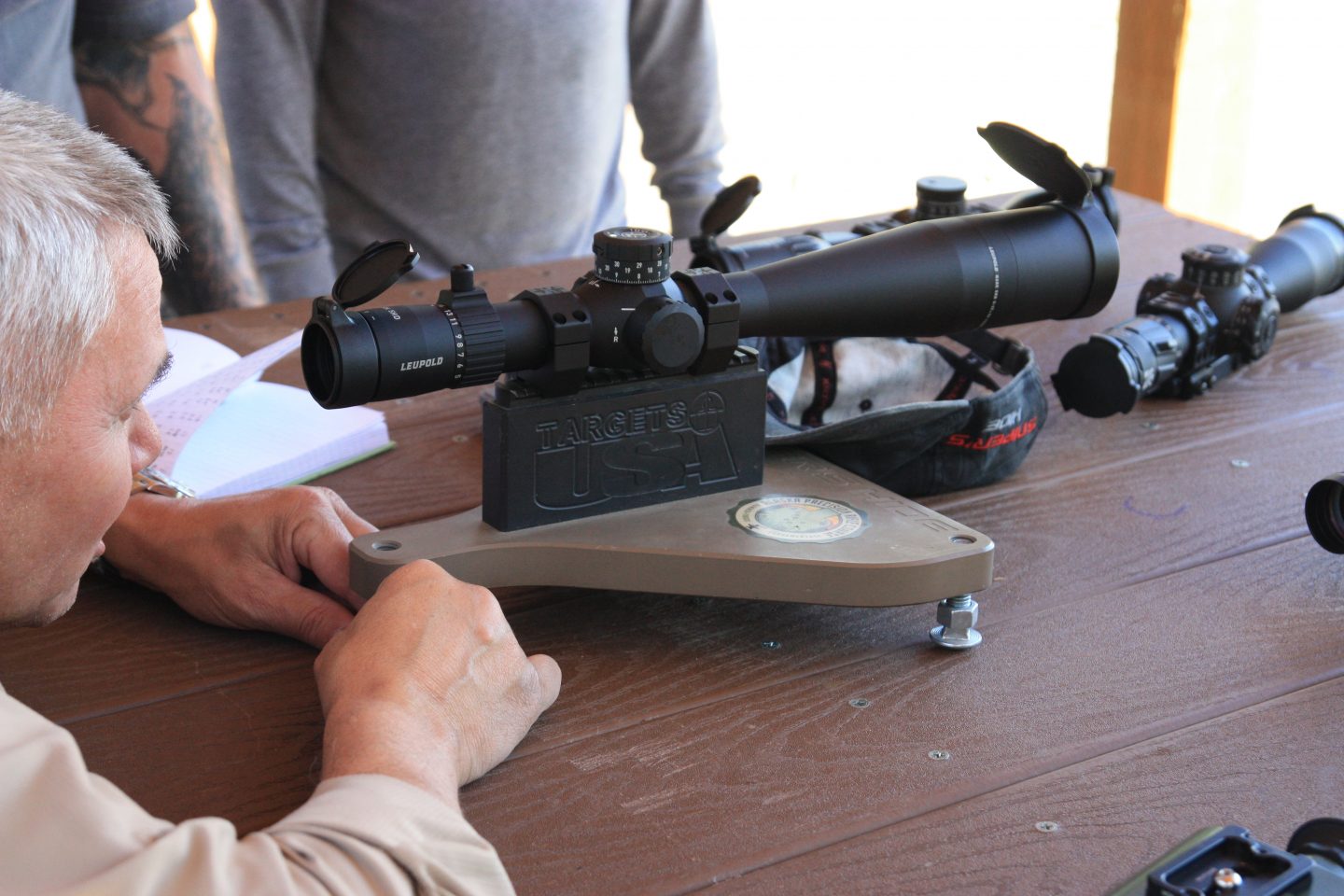
I recently spoke to Jeff Huber at Zero Compromise to discuss some of the feedback we were getting from the early test results. The information was put out initial in a way that allowed a lot of open interpretation. This gets imaginations to run wild and the internet fired up with all sorts of misinformation. These are random samples, not some large control group.
Using 50 Meters to test then doubling the results may give us a little finer detail to really nail the reticle and ruler relationship. If one was creating a test chart a different color test target might aid in following the black scope reticles. Black on black can create the variation of .00 offsets we see with several optics.
Measuring to .1 or less is not easy in the field. You want the fixture to be as secure as possible. We use a 30LBS and the bench needs several people to move it because it is made of composite materials. You can’t let anyone touch the bench or fixture during the test or it will influence the reticle’s location on the target. The process has been refined over the years.
Scope companies have specialized tools and collimators to do this type of testing. How and where you conduct the test can have a noticeable impact on the results. We have set up and identified issues by finding the scopes all appear to be tracking wrong. We had a laser rangefinder that was 3ft off once, gave the scopes a tracking result of 103%. We stopped and completely reset the test; it was obvious when it happened. You would not expect at $4000 laser to be a yard off, but we found it.
The best way to use this chart is to play the odds. When buying a scope look at the features that are important to you. First consideration should be on the reticle as that your point of interaction. If your brain bucks the reticle layout, you’ll never be truly comfortable behind it. Then look at your budget and work within that budget. This is where you can help create divisions between the choices. I have two choices both $1500, the one with more success might be better odds, but we guarantee nothing here. We test, observe, and report, the rest is your call, just don’t’ think you are beating the odds buying a $1000 scope because you saw at 98% with a more expensive one. You do tend to get what you pay for, and many might consider these numbers a bit subjective.
How we move forward will depend on the reaction from the community. If people want to overly their personal bias to what have provided, it can create a negative atmosphere around this kind of information. You start bad mouthing companies because you believe they should have performed better, well that is just not fair. Keep this information in context, understand the limitations of what we are doing and please do not jump to conclusions or insert bias where non exist.
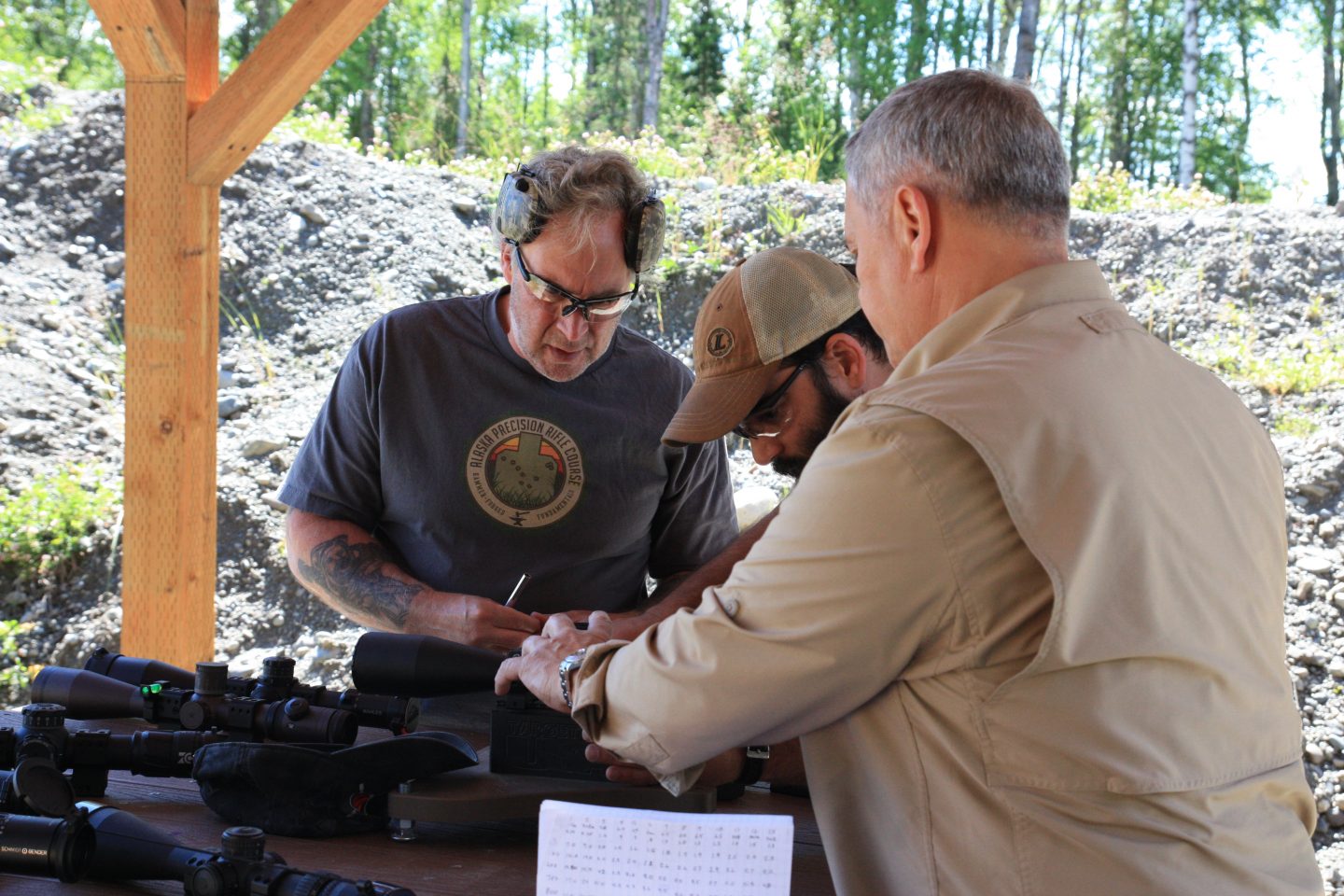
We see value in this as noted above, whether the results continue to be public will depend on the fallout. Right now based on the questions being field, more education on the subject needs to presented because people confuse what this means or how to use it.

